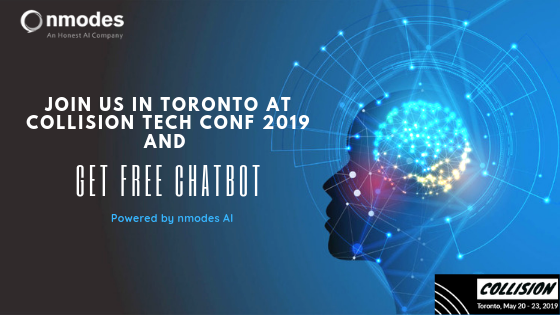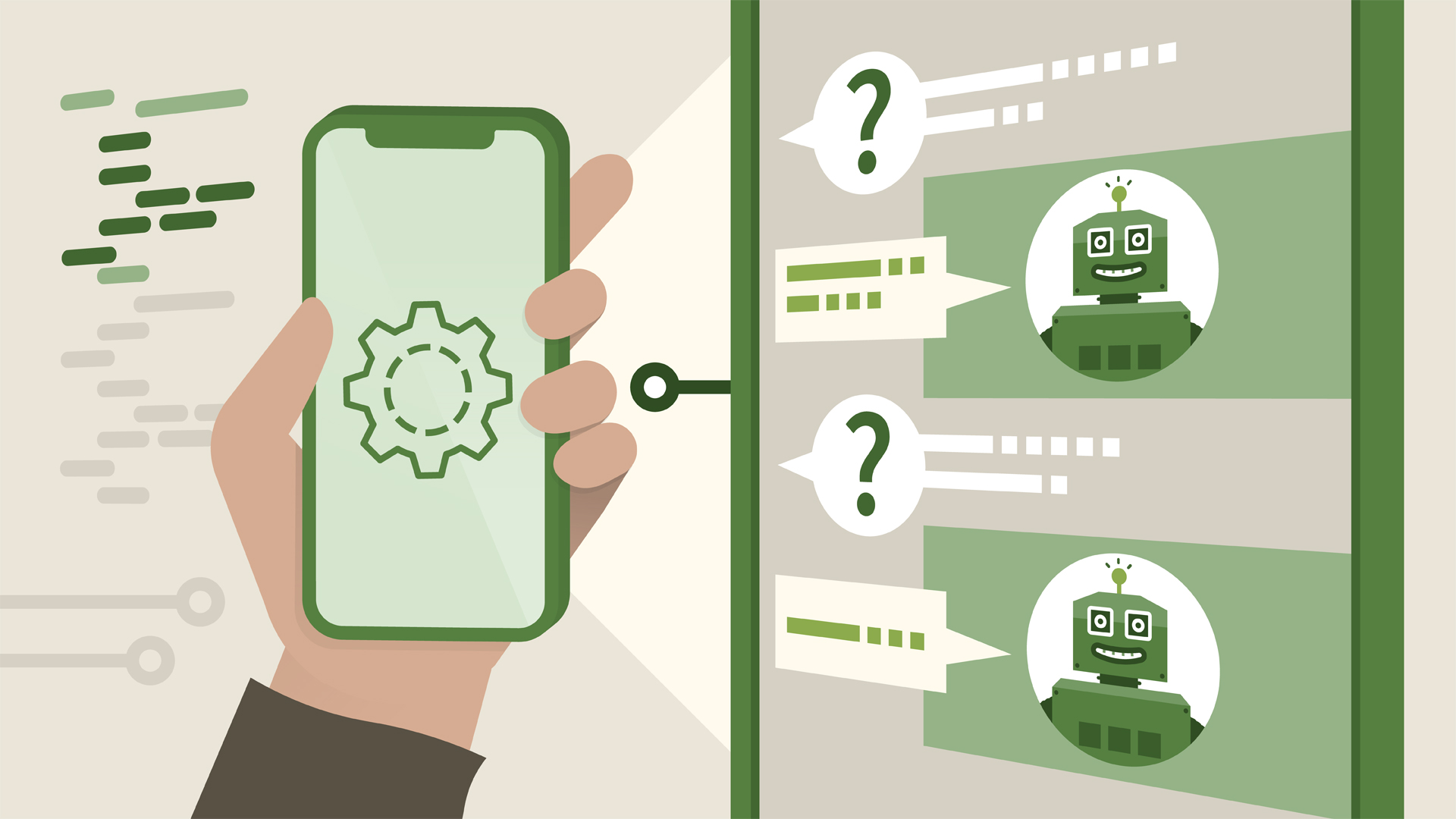How to make content more relevant and appealing to the content consumer?
This is a problem that has been on the mind of content creators for some time now. In our age of information abundance it is not easy to stand out and make your voice heard. The competition for the consumer’s attention is escalating, and with the number of information sources ever increasing, it will only get tougher.
Traditionally, a content delivery does not change across the target audience. A commercial, or a blog, looks and is experienced in the same way by all viewers and readers. We are entrenched in this paradigm, and can hardly imagine it being otherwise.
It turns out, the advancement of new technologies capable of capturing individual intents in real time brings up new opportunities in creating personalized experiences within the framework of content delivery.
This is how content can become more relevant - by becoming more personalized.
In a rudimentary form, we are already familiar with this approach as seen in online advertising. Some web and social resources aim at personalizing their promotional campaigns based on whatever drops of behavioural patterns and interests they can squeeze out of our web searches. The problem, of course, is that the technologies used to power these campaigns understand human behaviour poorly and results, therefore, more often than not leave a great deal to be desired. To put it mildly.
nmodes has been working on semantic processing of intent for several years. We now can capture intent from unstructured data (human conversations) with accuracy of 99%. (Interestingly, many businesses do not require this level of accuracy, being satisfied with 90%-92%, but we know how to deliver it anyway).
We recently started to experiment with personalizing content by using available consumer intent.
We used Twitter because of its real-time appeal.
We started by publishing a story, dividing it into several episodes:

And we kept the constant stream of data flowing, concentrating on intent to dine in Paris:

We then merged the content of the story with consumer intent to dine in Paris as captured by our semantic software. Like this:

This merging approach shows promising results - the engagement rate jumped above 90%.
Overall we are only at the beginning of a tremendous journey. We know that other companies are beginning to experiment, and the opportunities from introducing artificial intelligence related technologies into content delivery are plentiful.
There is a long road ahead, and we've made a one small step. But it is a step in a very exciting direction.



